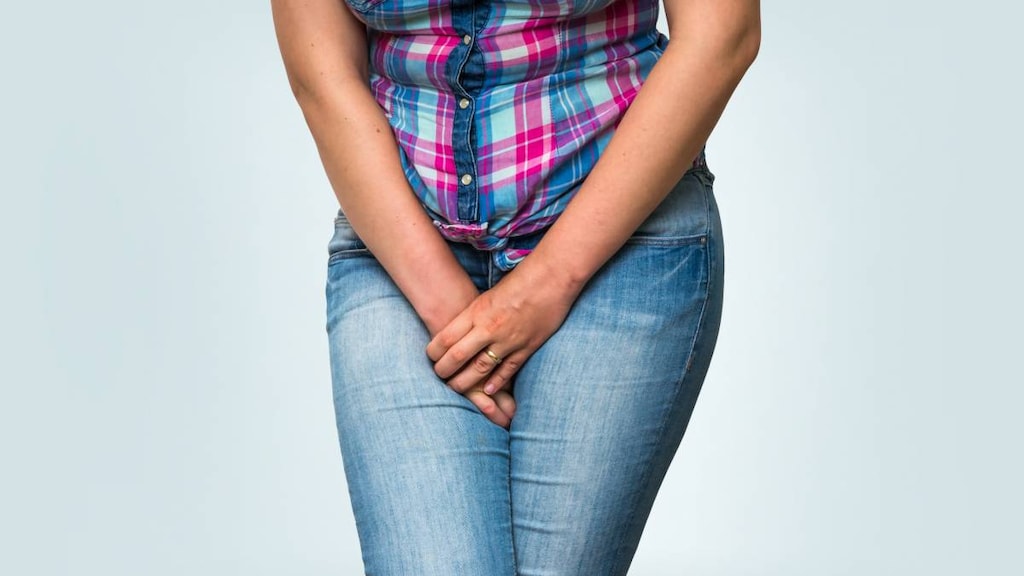
What is lichen sclerosus?
Lichen sclerosus is an uncommon skin condition that causes patchy white skin to develop, usually around the genital or anal areas, although it may affect other areas of the body. The skin appears thinner than normal.
What causes lichen sclerosus?
Experts are not sure what causes lichen sclerosus, but genetics, hormones, injury, or infection may play a role. Some suggest the cause may be autoimmune, where a person’s immune system attacks their skin.
Postmenopausal women are at higher risk of developing lichen sclerosus.
Lichen sclerosus is not spread through sexual intercourse.
What are the symptoms of lichen sclerosus?
Some people with lichen sclerosus develop no symptoms; however, others may describe:
- Small, shiny, and smooth white patches
- Patches that are located mainly in the genital and anal regions (most commonly the vulva in women and the foreskin in males), although some may report them on their upper arms, torso, or breasts
- Patches that enlarge or become thin or wrinkled
- Skin that tears, bleeds, or blisters easily
- Large red or purple bruises
- Itching
- Sex may be painful if lichen sclerosus is located in the genital area.
How is lichen sclerosus treated?
Although there is no cure for lichen sclerosus, treatments can help manage symptoms and delay or stop progression. Patches usually disappear with time, although people with the condition are at increased risk of squamous cell carcinoma of the affected area. Untreated lichen sclerosus in the genital area can lead to problems with sex or urination.
Treatments may include:
- Topical corticosteroid creams
- Retinoids
- Ultraviolet light therapy
- Topical nonsteroidal calcineurin inhibitors (eg, tacrolimus or pimecrolimus ointment)
- Surgery (eg, circumcision).




